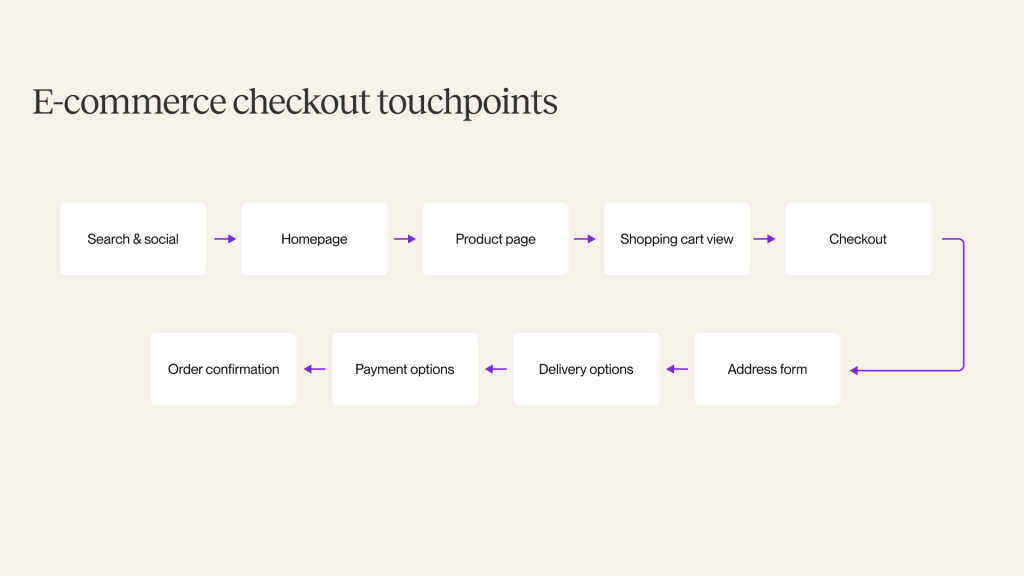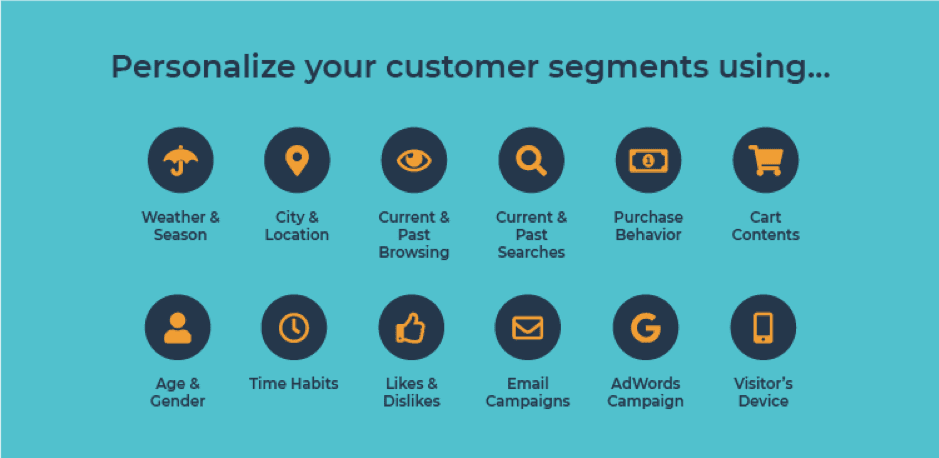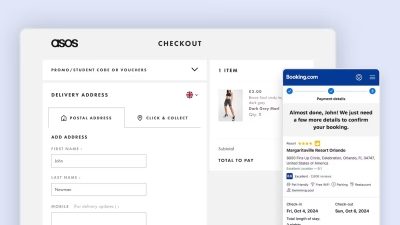Introduction
In today’s competitive e-commerce landscape, Personalization in E-commerce is no longer a luxury—it’s a necessity. Shoppers expect tailored experiences that reflect their preferences, behaviors, and needs. From the moment they land on your homepage to the final checkout screen, every interaction should feel relevant and intuitive.
This blog explores how e-commerce brands can implement personalization across the entire customer journey. We’ll cover strategies, tools, and design principles that help create seamless, personalized experiences that drive engagement, loyalty, and conversions.
Section 1: Why Personalization Matters in E-commerce
1. Improved User Experience
- Reduces friction
- Makes navigation intuitive
2. Higher Conversion Rates
- Personalized product recommendations
- Targeted promotions
3. Increased Customer Loyalty
- Builds emotional connection
- Encourages repeat purchases
4. Better Data Utilization
- Leverages browsing history, purchase behavior, and demographics
5. Competitive Advantage
- Differentiates your brand in a crowded market
Section 2: Personalization on the Homepage

1. Dynamic Content Blocks
- Show different banners based on user segments
- Highlight trending products in user’s region
2. Personalized Product Recommendations
- “You might like” or “Recently viewed” sections
- AI-driven suggestions based on browsing behavior
3. Geo-Targeting
- Display local currency, shipping options, and promotions
4. Behavior-Based Messaging
- Welcome back messages
- Cart reminders or wishlist nudges
5. User-Specific Navigation
- Prioritize categories based on past interactions
Section 3: Personalization in Product Discovery
1. Smart Search
- Autocomplete suggestions based on user history
- Personalized search results
2. Filters and Sorting
- Default filters based on user preferences
- “Sort by relevance” powered by AI
3. Product Bundling
- Suggest complementary items
- “Frequently bought together” sections
4. Social Proof
- “X people in your area bought this”
- Reviews from similar user profiles
Section 4: Personalization in the Cart and Checkout Process
1. Cart Reminders
- Email or push notifications for abandoned carts
- Personalized incentives to complete purchase
2. Dynamic Pricing and Offers
- Discounts based on loyalty status or purchase history
- Time-sensitive offers tailored to user behavior
3. Payment Preferences
- Pre-selected payment methods based on past usage
4. Shipping Options
- Default to preferred shipping method
- Estimated delivery based on location
5. Personalized Upsells
- Add-on suggestions based on cart contents
- “Upgrade for free shipping” prompts
Section 5: Tools and Technologies for Personalization

1. AI and Machine Learning
- Predictive analytics
- Real-time personalization engines
2. CDPs (Customer Data Platforms)
- Centralized user data for segmentation
3. Personalization Engines
- Dynamic Yield, Monetate, Nosto
4. Email and CRM Tools
- Klaviyo, Mailchimp, HubSpot for personalized campaigns
5. Analytics Platforms
- Google Analytics, Hotjar, Mixpanel for behavior tracking
Section 6: Best Practices and Ethical Considerations
1. Transparency
- Let users know how their data is used
2. Consent and Privacy
- Comply with GDPR, CCPA
- Offer opt-in personalization
3. Avoid Over-Personalization
- Don’t make users feel “watched”
- Balance relevance with subtlety
4. Testing and Optimization
- A/B test personalized elements
- Monitor performance and user feedback

Conclusion
Personalization in e-commerce isn’t just about showing the right product—it’s about creating a journey that feels tailored, intuitive, and rewarding. From homepage banners to checkout incentives, every touchpoint is an opportunity to connect with your customer.
By leveraging data, AI, and thoughtful UX design, brands can deliver experiences that not only convert but also build lasting relationships. The key is to personalize with purpose—always keeping the user’s needs, preferences, and privacy at the center.





